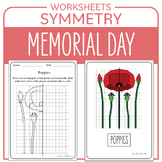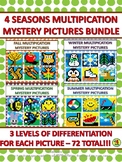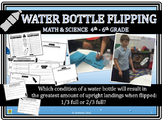7 results
Middle school decimals teacher manuals under $5
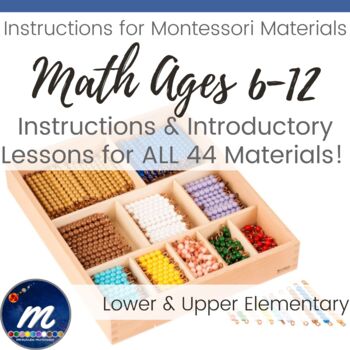
How to Use ALL MATH Materials Montessori inc 1st Presentations Instructions
The entire set of Montessori Math (Lower and Upper Elementary, ages 6-12) material descriptions and first presentations. Montessori materials are easy to use when you know their purpose and how to use them. Very often, the materials you purchase do NOT come with instructions. This is perfect for homeschoolers and Montessori teachers alike.With this document you will learn how to use all 44 Montessori math materials (click on the bold titles to see a printable or digital version of that material)
Subjects:
Grades:
K - 6th

Sweet Scientific Method Labs With Candy
This packet contains a PowerPoint presentation, instructions for use, and two different labs. The presentation can be used with both labs to introduce or review the steps in the scientific method. As students view the presentation, they fill in key words. Students will then complete one of two labs. The M&M lab reviews the scientific process and incorporates fractions, decimals, percentages, averages, circle graphs, and bar graphs in an easy to understand format. The Skittles lab reviews
Subjects:
Grades:
4th - 7th
Types:
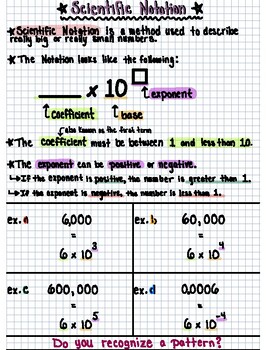
Scientific Notation Guided Notes
In need of a resource to start teaching scientific notation? This is the perfect place to start! Students will understand what the coefficient(first factor), base, and exponent are. All the while, they’ll learn how to convert numbers written in scientific notation, into standard notation. Use these guided notes to help your students understand the different between positive and negative exponents, and how they impact how the number looks. Once they’ve understood the rules, they’re ready for prac
Subjects:
Grades:
8th
CCSS:
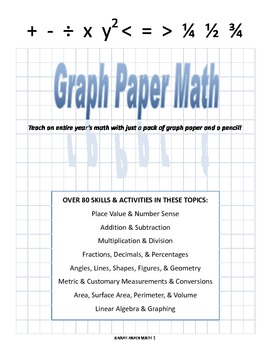
Graph Paper Math - Fractions and Decimals teaching guide and unit
Teach an entire year's worth of math with just a pencil and graph paper.
In this selection from the whole textbook, teach fractions and decimals in a graphical approach.
Subjects:
Grades:
3rd - 7th
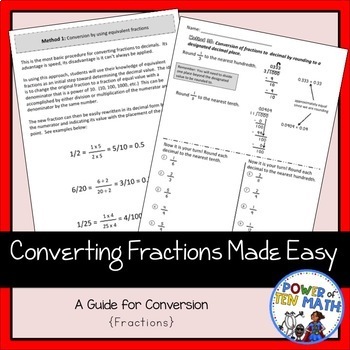
Converting Fractions Made Easy {A Guide to Converting Fractions}
This guided resource teaches the steps of converting fractions to decimals in a progression of graduated lessons. The activities show three distinct approaches to this concept: (1) conversion by using equivalent fractions, (2) conversion of fractions to decimals by division, (3) conversion of fractions to repeating decimals.The sequenced worksheets and teacher instructions are intended to guide your students through mastery of these three distinct skills for fraction/decimal conversion, painles
Subjects:
Grades:
4th - 7th
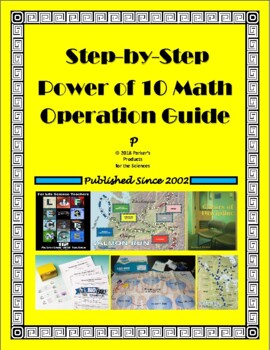
Step-by-Step Math Operations Guide for Scientific Notation (Power of 10) Numbers
Most students struggle to perform mathematical operations in scientific notation for the first time, a second time, a third time, etc. because there are so many rules to follow! The addition/subtraction rules are different than the multiplication/division rules when it comes to determining what happens to the exponents. The rules for honoring significant figures are different for the two sets of mathematical operations as well. This is a user-friendly, two-sided (full page) step-by-step guide wi
Subjects:
Grades:
6th - 11th
Also included in: Physical Science Semester Activity Bundle Special
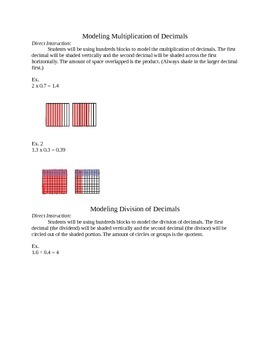
Instructions for Operating with Models (mult & div)
This handout is an informational writeup for teachers or parents to help understand using models to multiply and divide fractions and decimals. I used it to send home with my students so their parents could see what we were doing in class and so they did not jump to the traditional algorithm with their kids.
Subjects:
Grades:
4th - 6th
Types:
Showing 1-7 of 7 results

